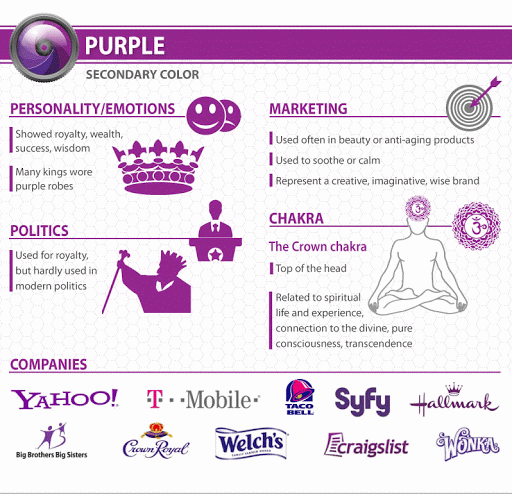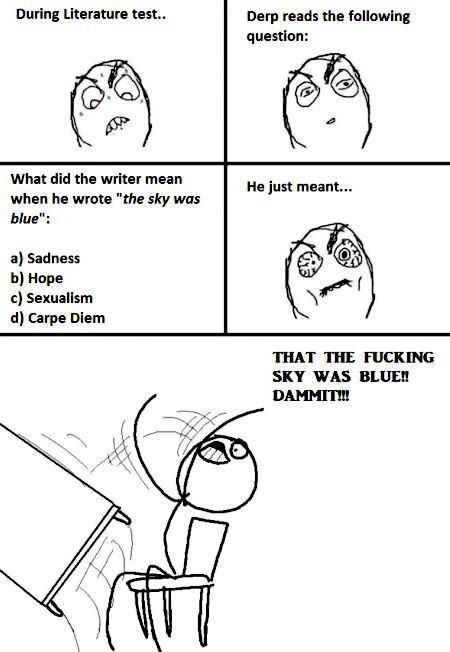The topic of color perception should be interesting for all dealing with the visual representation of ideas, UI/UX and graphic designers in particular. We suggest having a look at these fairly good infographics. Of course, some things are that straightforward as if Captain Obvious has written them.
Red
Red, yellow and orange are examples of warm colors that we associate with the heat of the Sun and fire and, according to Pantone, these colors evoke strong emotions and excite. Red can make one take a risk, sharpen the feelings and raise blood pressure. It can cause a burst of power, energy, passion, love, aggression or danger.

Yellow
Yellow can stimulate positive emotions, e.g. optimism, hope or the opposite ones such as cowardice and betrayal.

Orange
Orange provides energy, harmony, and warmth.

Blue
People often associate the blue color with the chill of the sea and the sky. It may inspire trust, safety, order, and purity.

Green
Conventionally, we associate the green color with the chillness of leaves. The color relates to nature, health, luck, and envy.

Purple
Purple is traditionally regarded as the color that hardly attracts attention. It is related to spirituality, mystery, luxury, and arrogance.

All these infographics are good but don't take them too seriously.
Otherwise, you may end up like this







